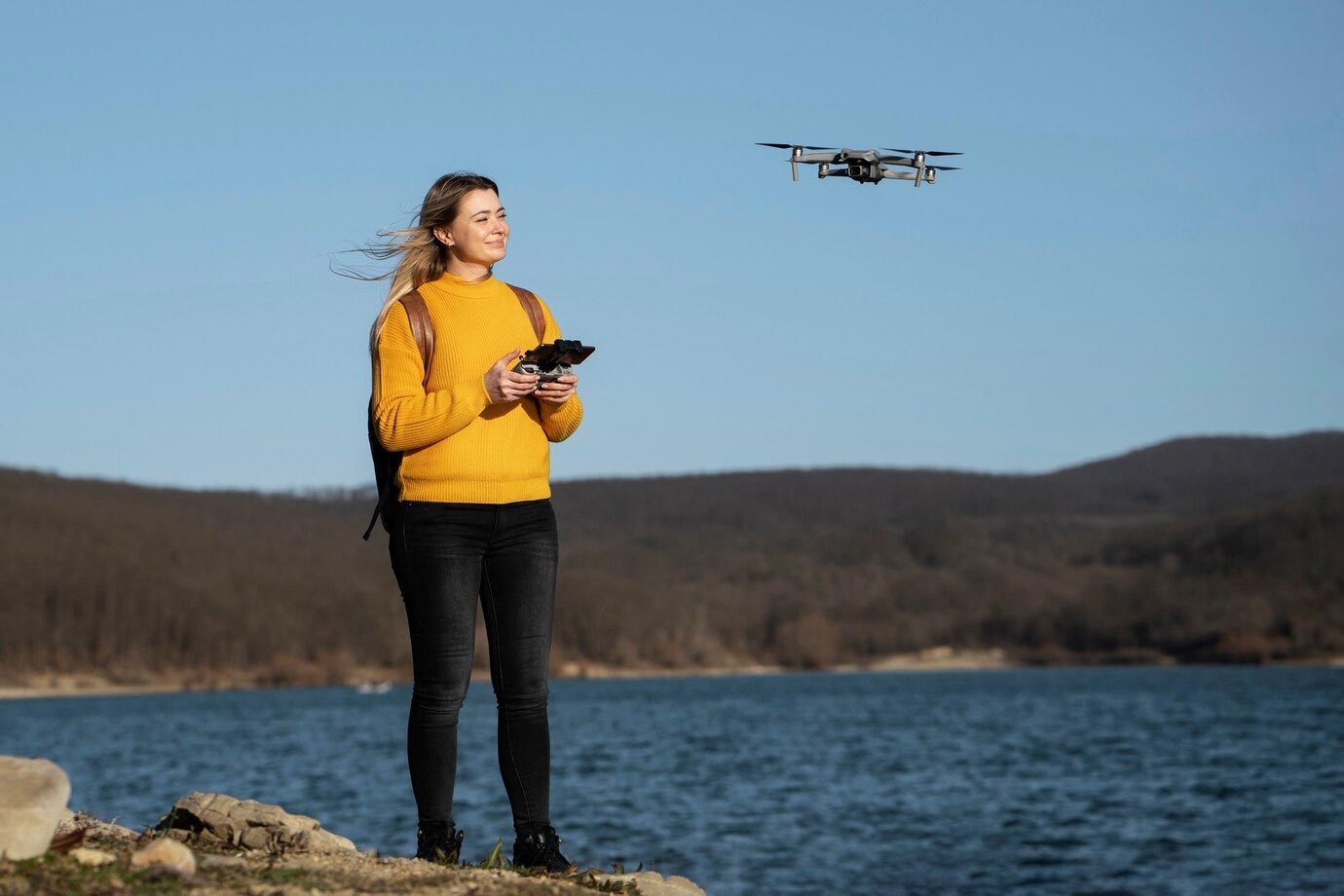When Was Lidar Invented
Lidar, an acronym for Light Detection and Ranging, began its journey in the 1960s. This technology uses laser light to measure distances and create precise, 3D representations of objects and landscapes. Developed initially for use in meteorology and atmospheric research, lidar has since found applications in a variety of fields.
Early Developments in the 1960s
The first significant steps toward developing lidar technology occurred in the early 1960s. As lasers were invented around 1960, researchers recognized their potential for accurately measuring distances. Two primary figures, American mathematician and physicist Hughes Aircraft’s Malcolm H. Wiśniewski and NASA’s William C. Livingston, leveraged these early laser systems to acquire more precise atmospheric data. These initial attempts set the stage for more sophisticated developments in the subsequent decades.
Military Applications in the 1970s
Military interest surged in the 1970s, driven by the potential of lidar systems to improve strategic operations. Lidar technology offered improvements over traditional radar, particularly in data accuracy and real-time terrain mapping. During this period, military researchers developed airborne lidar systems, creating highly detailed maps for precise navigation and targeting. These applications demonstrated lidar’s substantial benefits, encouraging further exploration into civilian uses.
Advances in Atmospheric Science
During the 1980s, lidar became a valuable tool in atmospheric science. Researchers employed lidar systems to measure pollutants, cloud formations, and atmospheric particles. Especially critical were advancements in Doppler lidar, which allowed accurate measurement of wind speeds and directions. This era saw expanded capability for studying weather patterns, significantly enhancing meteorological research and forecasting models.
Integration of GPS and IMU
The 1990s brought about notable improvements by integrating Global Positioning Systems (GPS) and Inertial Measurement Units (IMU) with lidar technology. This integration allowed for more precise navigation and data collection, crucial for applications like topographic mapping and survey work. The combination of lidar with GPS and IMU enabled the creation of highly accurate 3D maps, transforming various industries such as agriculture, forestry, and urban planning.
Commercial Applications
In the 2000s, lidar technology continued to advance, becoming more accessible and cost-effective for commercial applications. Industries such as construction, mining, and autonomous vehicles began leveraging lidar for its precise and rapid data acquisition capabilities. Lidar became essential for automated systems, enabling real-time obstacle detection and environment mapping, key components for the development of self-driving cars.
Lidar in Archaeology
Archaeology has also benefited from lidar technology. By the early 2000s, archaeologists utilized airborne lidar systems to uncover ancient structures hidden beneath dense forest canopies. This non-invasive technology allowed researchers to identify and map ruins without disturbing the environment. Lidar systems revealed previously unknown sites, providing new insights into historical civilizations and their infrastructure.
Aerospace and Space Exploration
Space agencies, such as NASA and the European Space Agency (ESA), have leveraged lidar for space exploration missions. Lidar systems have been used to map planetary surfaces, measure topography, and study atmospheric properties of other planets. These missions have improved our understanding of planetary science and contributed to the advancement of space exploration technology.
Advances in Technology and Applications
In recent years, lidar technology has seen substantial advancements in accuracy, range, and data processing capabilities. The miniaturization of lidar components has enabled integration into smaller devices, making it more versatile for various applications. Current research focuses on enhancing lidar’s efficiency and expanding its use in innovative fields such as augmented reality and robotics.
Key Milestones and Figures
- 1960s: Initial development by Hughes Aircraft’s Malcolm H. Wiśniewski and NASA’s William C. Livingston.
- 1970s: Military advancements for terrain mapping and navigation.
- 1980s: Integration with Doppler systems for atmospheric research.
- 1990s: Combination of GPS and IMU for enhanced accuracy.
- 2000s: Expansion into commercial sectors and archaeology.
- Recent Years: Miniaturization and diversification of applications.
The development of lidar has been marked by continuous innovation. Its applications now range from atmospheric science and military uses to commercial sectors and space exploration. Researchers continue to push the boundaries of what lidar can achieve, proving that this technology will remain indispensable in years to come.
